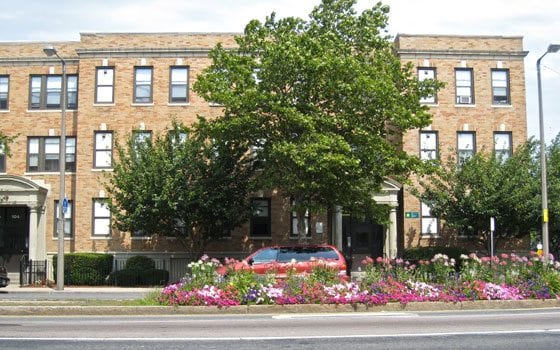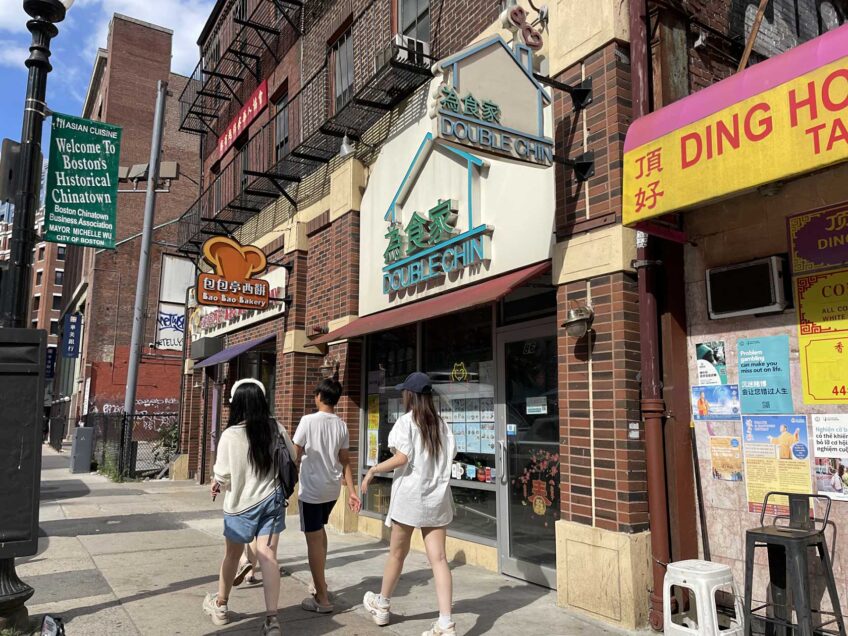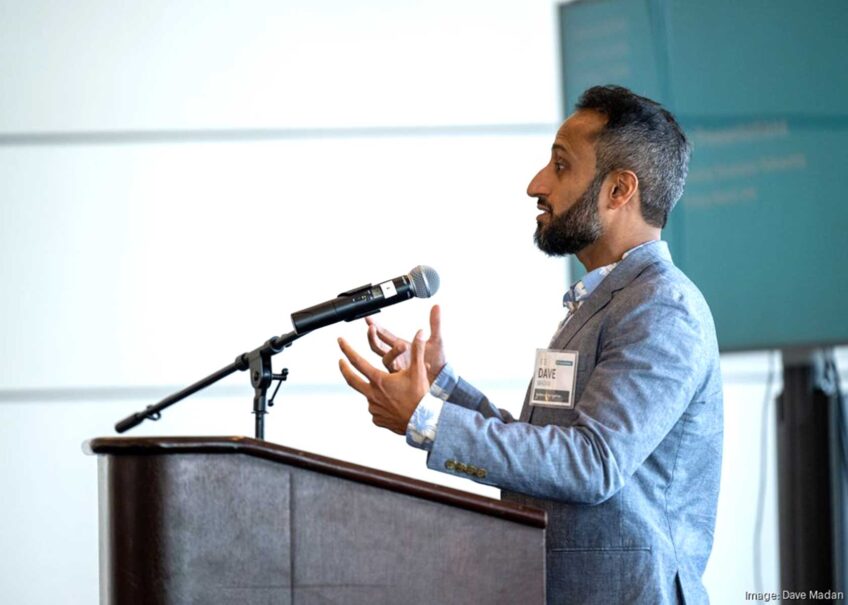
The Metropolitan Boston Housing Partnership (MBHP) recently celebrated the successful conclusion of a 21-year project that preserved 925 affordable rental housing units in Dorchester, Roxbury and Jamaica Plain.
The project, launched in the late 1980s and known as BHP II, linked private corporations with local nonprofit community development corporations (CDCs) in a partnership to rehabilitate foreclosed and distressed apartment buildings with a plan to eventually transfer full ownership to the CDCs.
The corporations — most of them local financial institutions — functioned as investors, providing much-needed funds while benefiting from a low-income housing tax credit.
“These properties were in serious jeopardy of being lost,” said Christopher Norris, executive director of MBHP. “The money from the investors saved the properties. It was more than any of the CDCs could have done on their own.”
The agency that facilitated the collective investment and made sure the money flowed to the CDCs was the Boston Housing Partnership, which later merged with Metropolitan Housing Incorporated to form MBHP, the project overseer since then. MBHP now offers voucher assistance and other housing services to 30 Boston-area communities.
Gail Latimore, executive director of Codman Square Neighborhood Development Corporation (CSNDC), said BHP II had a “tremendous impact” in her organization’s neighborhoods.
Blocks of apartments near the intersections of Washington Street with Columbia Road and Blue Hill Avenue were being ravaged by crime, she said. Many had fallen into disrepair. In some of the properties, drug dealers had torn down walls between units.
“I remember, back in the mid-1980s, driving through [that area] in my car and feeling unsafe because there were people spaced out on every corner, on drugs,” she recalls.
Latimore, who joined CSNDC in 1994, said her organization owns 326 units that benefited from BHP II and an earlier BHP project.
“In our properties on Columbia Road and Blue Hill Avenue, [the BHP partnerships] brought a sense of stability, and a sense of beauty,” she said. The units are now well-maintained, the residents active and engaged, she added, some having successfully advocated to have the city put attractive plantings in the middle of the boulevards.
“Are things perfect? No. But it is dramatically different,” she said. “It literally revitalized the major boulevards in inner city Boston.”
Recently, two major milestones marked the last days of BHP II.
With the affordable housing tax credit’s 15-year compliance period over, the private investors began over the past few years to transfer ownership of the apartments to the CDCs. By late 2009, all 925 BHP II units were fully CDC-owned.
Last November, MBHP held an event to honor the investors — Bank of America, BNY Mellon, Citizens Bank, John Hancock Life Insurance Company, MetLife Insurance Company, Novogradac Housing Partners, Prudential Insurance Company of America, State Street Bank and Trust Company, and The TJX Companies — for their role in preserving affordable housing.
And on May 5 of this year, the partnership reached its final goal as MBHP presented Latimore and the directors of the six other nonprofit agencies with checks totaling $680,000. The payments represent a refund of money the CDCs were required to put in as a sort of collective insurance at the start.
In addition to CSNDC, the other agencies receiving checks were Nuestra Comunidad CDC, Fields Corner CDC, Dorchester Bay Economic Development Corporation, Lena Park CDC, Quincy Geneva Housing Corporation and Urban Edge Housing Corporation.
Mossik Hacobian, president of Urban Edge, said the refund money will go toward Urban Edge’s programs in affordable housing, food relief and foreclosure prevention. The payment is also a sign of how well-organized BHP II was, he said.
“BHP II was innovative in that they pooled reserves, because it was hard to predict what might go wrong,” he said. To his knowledge, no unexpected problems called for tapping the reserves. Along the way, the CDCs benefited from regular interest payments from the reserve fund.
Urban Edge renovated 65 units in the Egleston Square area with BHP II support. And like Latimore, Hacobian emphasized that the improvement went far beyond renovations.
Hacobian explained that as BHP II got started, there was a parallel improvement effort by the neighborhood. People from the nearby church, nonprofit agencies including Urban Edge, and local residents began a daily “take back the streets” effort. Over the summer, the effort included a neighborhood potluck and games night.
Gradually, much of the drug activity was pushed out, he said. “So, a lot of the development of these buildings was also about neighborhood development,” he explained. “It involved housing, but also safety.”
By many accounts, Boston was a pioneer in this public-private partnership to invest in affordable housing.
It was a complex partnership that involved more than just banks and CDCs — it relied on the involvement of city, state and federal government, and another nonprofit agency, Greater Boston Community Development (GBCD), which gave technical support to the CDCs, according to Thomas Bledsoe, former head of MBHP and now chief executive officer of the Housing Partnership Network, a national organization that facilitates similar partnerships in other cities.
“[BHP II] was the first time it was done at this scale, at this level of complexity,” said Bledsoe. “It definitely sparked the development of this type of partnership around the country.”
The Boston project became a model for other cities such as Columbus, Ohio and Charlotte, N.C. — and New Orleans in the wake of Katrina, Bledsoe said.
Robert Whittlesey, who founded the Boston Housing Partnership along with Bill Edgerly of State Street Corporation, said building new relationships between banks and nonprofits was key to BHP II. It’s been a lasting benefit, as many of the financial institutions continue to work with the CDCs — some of which have grown into agencies capable of buying properties on their own.
“The big thing about affordable housing in this country is you have to package money from many entities, and that’s hard for small agencies to do. [BHP II] was a really important demonstration to show how you could do this,” said Whittlesey, whose career in affordable housing efforts in Boston spans 50 years.
Latimore, recalling the Dorchester street corners full of addicts and prostitutes that she feared as a young woman, said she dreads what might have been if the BHP projects hadn’t happened.
“I think it’s possible it could still be the same 20 years later,” she said, “if you had not had a group of dynamic public and private investors saying, ‘Enough of this.’”






